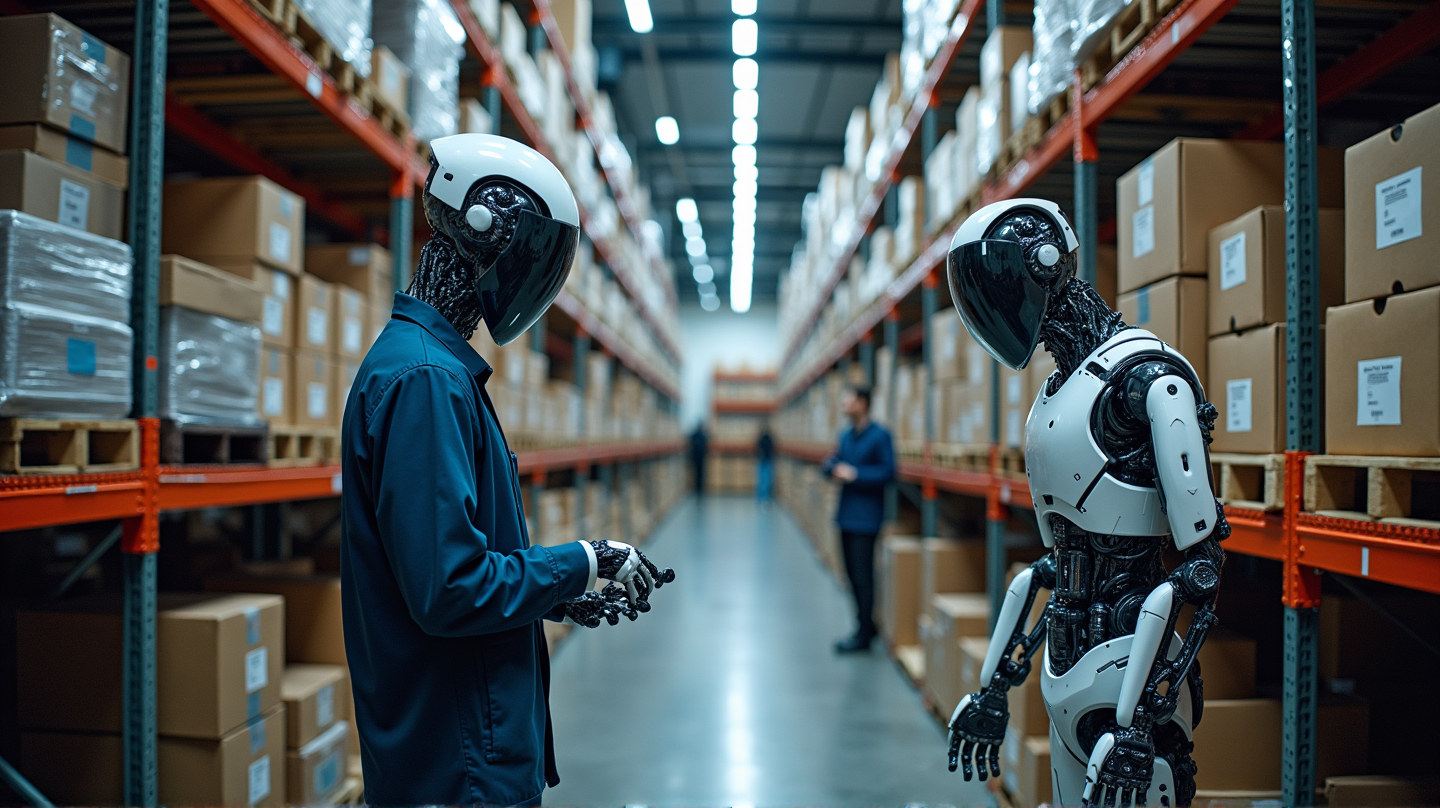In a visionary yet controversial move, Amazon is reportedly preparing to replace 600,000 U.S. workers with “cobots” by 2027, as revealed by internal documents. These collaborative robots are part of a strategic initiative that aims to double Amazon’s product offerings by 2033 while reducing its dependency on human labor.
The Rise of Cobots
The introduction of cobots signifies a significant shift in Amazon’s workforce strategy. According to East Bay Times, these robots are designed to complement human employees, taking over repetitive and strenuous tasks. The term “cobots” is cleverly coined to emphasize collaboration over competition, potentially softening any backlash from the workforce and the public.
An Evolving Workforce
Despite the automation drive, Amazon reassures that human workers will not be obsolete. Udit Madan, Vice President of Worldwide Operations, envisions a future where employees adapt to new roles, benefiting from the savings achieved through automation. Since 2019, Amazon has facilitated nearly 5,000 individuals in its mechatronics apprenticeship, preparing them for roles in robotic maintenance and programming.
Balancing Act: Jobs and Innovation
While Amazon’s plans point towards a decrease in traditional hiring, the company stresses its long-term job creation record. An Amazon spokesperson stated, “The facts speak for themselves: No company has created more jobs in America over the past decade than Amazon.” As the retail giant continues its innovation journey, it faces the challenge of maintaining its image as a good corporate citizen.
Public Perception and Corporate Responsibility
To further solidify its community ties, Amazon has launched goodwill initiatives such as Toys for Tots drives. However, critics argue this may be an attempt to preemptively address layoffs linked to increased automation. Despite differing viewpoints, the initiative aims to demonstrate Amazon’s dedication to societal contributions beyond its logistical prowess.
Future of Work: A Dual Path
Amazon, like its tech contemporaries, is aligning itself for a future where humans and machines coexist constructively. Madan’s focus on “upskilling” resonates with a broader corporate trend advocating for employee adaptation rather than outright displacement. This effort reflects a broader commitment to balancing technological advances with workforce sustainability.
In summary, Amazon is at the forefront of a paradigm shift, balancing technological advancement with the economic wellbeing of its employees. As automation looms large, the company is poised to redefine the modern workforce landscape, paving the way for a collaborative future where technology and humans work symbiotically.
